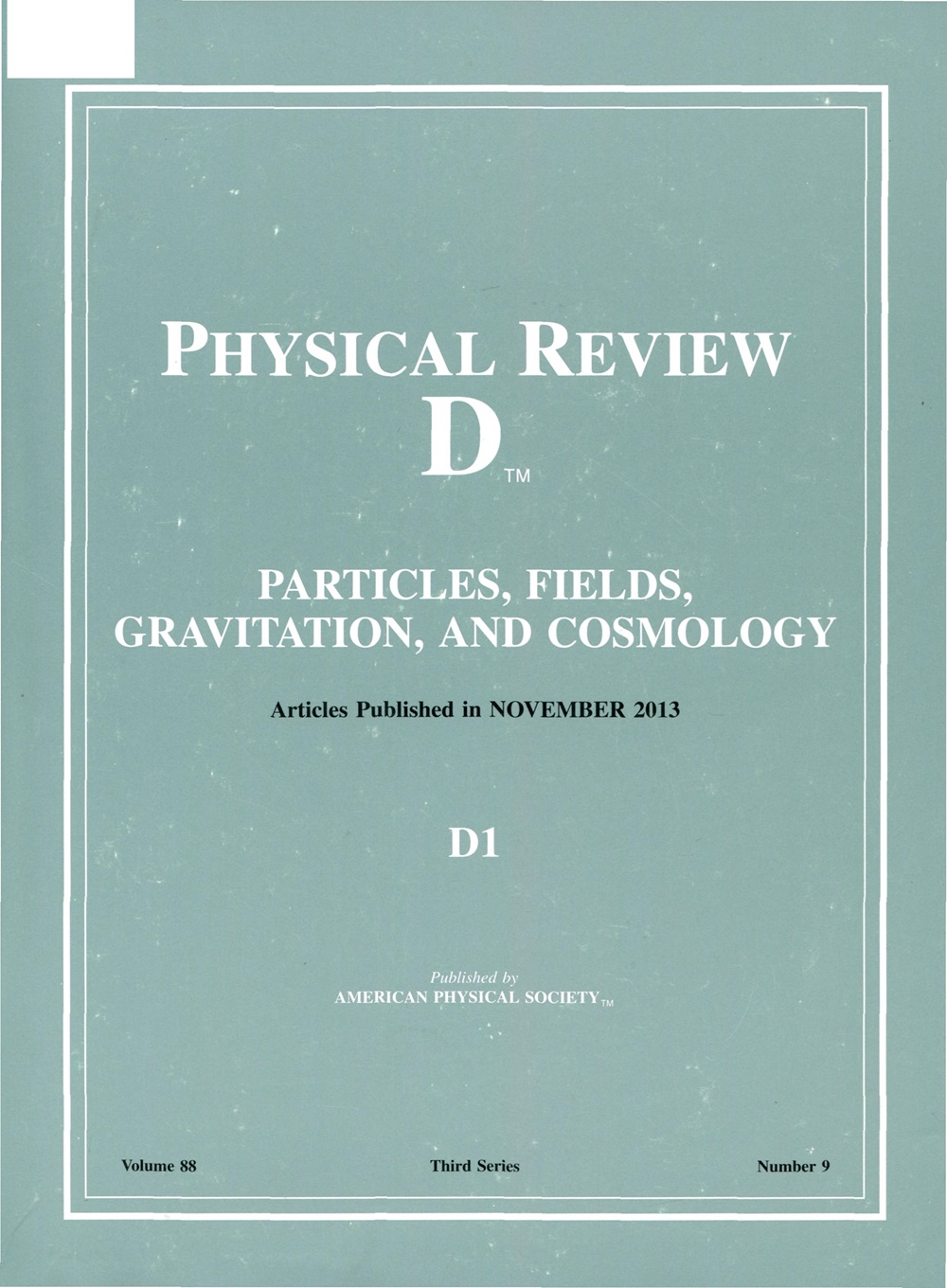Revisiting light-flavor diquarks in the inverse matrix method of QCD sum rules
IF 5
2区 物理与天体物理
Q1 Physics and Astronomy
引用次数: 0
Abstract
This study reexamines the spectroscopic parameters of light-flavor diquarks within the framework of quantum chromodynamics sum rules (QCDSR) using the inverse matrix method. Conventional QCDSR analyses are based on assumptions such as quark-hadron duality and continuum models, which introduce a degree of systematic uncertainty. The inverse matrix method circumvents these assumptions by reformulating the problem as an inverse integral equation and expanding the unknown spectral density using orthogonal Laguerre polynomials. This method allows for a direct determination of spectral densities, thereby enhancing the precision of predictions regarding resonance masses and decay constants. By employing this methodology with regard to light-flavor diquarks (sq and求助全文
约1分钟内获得全文
求助全文
来源期刊

Physical Review D
物理-天文与天体物理
CiteScore
9.20
自引率
36.00%
发文量
0
审稿时长
2 months
期刊介绍:
Physical Review D (PRD) is a leading journal in elementary particle physics, field theory, gravitation, and cosmology and is one of the top-cited journals in high-energy physics.
PRD covers experimental and theoretical results in all aspects of particle physics, field theory, gravitation and cosmology, including:
Particle physics experiments,
Electroweak interactions,
Strong interactions,
Lattice field theories, lattice QCD,
Beyond the standard model physics,
Phenomenological aspects of field theory, general methods,
Gravity, cosmology, cosmic rays,
Astrophysics and astroparticle physics,
General relativity,
Formal aspects of field theory, field theory in curved space,
String theory, quantum gravity, gauge/gravity duality.
 求助内容:
求助内容: 应助结果提醒方式:
应助结果提醒方式:


